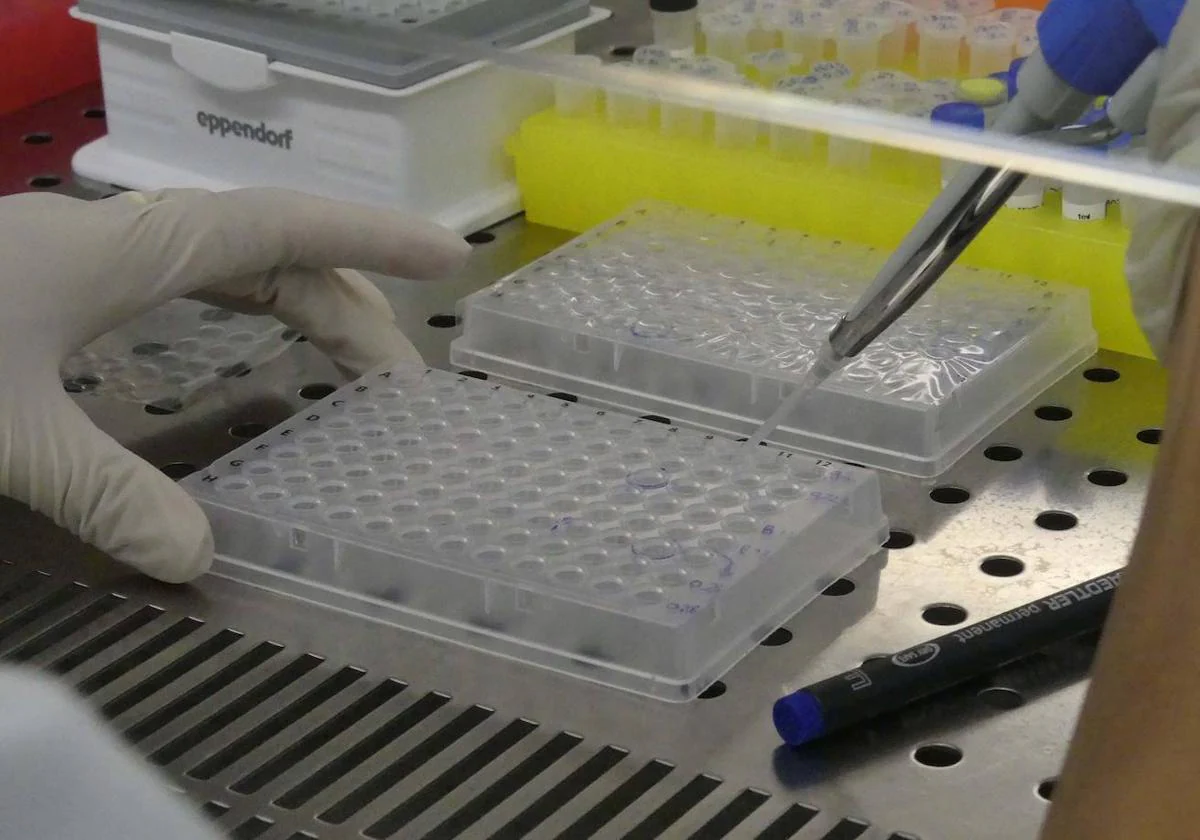About 10% of ticks in Salamanca carry the Crimean-Congo virus.

Death of a patient admitted to the department Salamanca Hospitaldue to Crimea-Congo disease, caused by a tick bite, reinforced a message that microbiology and disease experts have been repeating for years. … Infectiousness: “Ticks are present in almost any field site, but especially where there are animals.”
He professor at the University of Salamanca Raul Rivas explains: “Naturally, there are a lot of ticks in woodlands, ferns, heathers… This does not mean that they are not in other places, because you can find them in your own garden because they are carried by birds, but these are species , which require fauna to survive and are therefore more likely to be found where there are animals such as rabbits, wild boars, dogs, horses, cattle, etc.
Raul Cuadrado, also from Salamanca, Scientist, Institute for Research on Hunting Resources (IREC-CSIC) I closely followed the news from Salamanca. They recently published a paper that ticks carrying the Crimean-Congo hemorrhagic fever virus were found in the suburban area of Ponferrada, and their intention is to go to Salamanca in search of ticks in the areas closest to the river. such as La Aldehuela and Tiles.
Cuadrado explains that depending on the phase in which the tick is, it stops at one or another type of animal. “Millions of tick larvae hatch from tick eggs. In the first phase, these larvae feed on small mammals such as rodents and voles. They then undergo metamorphosis and become nymphs. At this stage they need to mount a host to feed, such as rabbits. Finally, in the adult stage, they do this with larger animals. For this reason, areas such as wheat fields are usually free of ticks, mainly because there are no livestock there.
Raul Rivas notes that ticks don’t discriminate between “an attachment to a person or an attachment to an animal” because they are looking for blood.
The risk that experts see is that certain changes are occurring that allow these animals to be more present and active for longer. “Winters are becoming milder, autumns are warmer, which means that the time they are active is increasing. Added to this is that sometimes there is an explosion of rodents and small mammals, so the number of ticks increases.
To further complicate the situation, the amount of rainfall that fell during the winter meant that the vegetation was particularly tall.
Virus carriers
Ticks carry a variety of diseases, which can be viral (for example, Crimean-Congo virus) or bacterial (for example, Lyme disease).
Recent studies carried out on the Iberian Peninsula show that the percentage of ticks The number of carriers of the Crimean-Congo disease exceeds 10%.
Other articles have chosen to analyze the number of deer that have antibodies against Crimea-Congo in the Castile-La Mancha region, and these reports state that “60% to 80% of deer have antibodies, meaning that “they have been in contact with the virus and therefore it is circulating widely.”